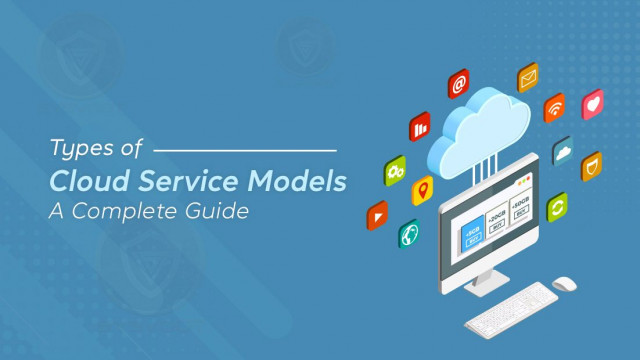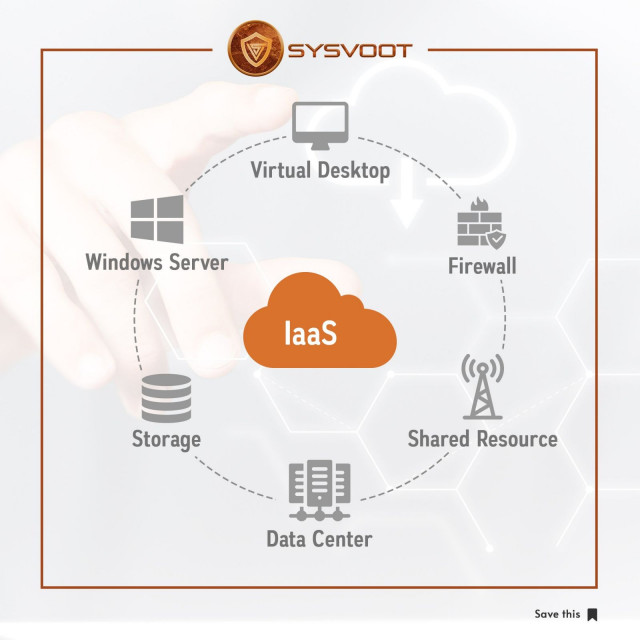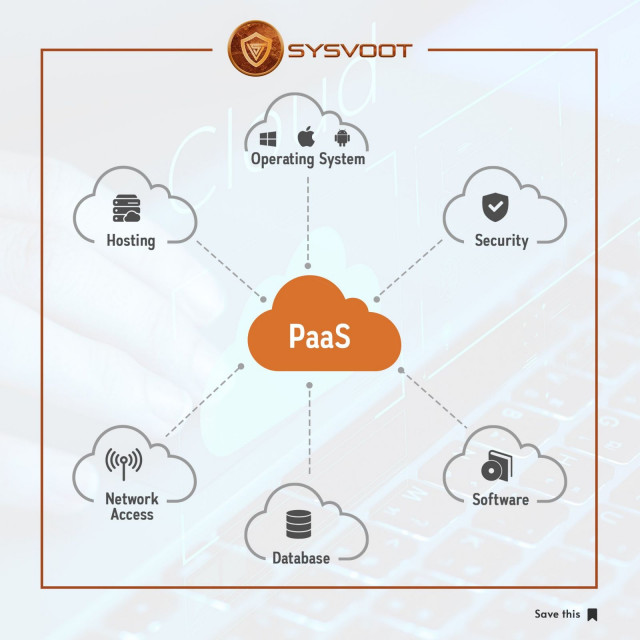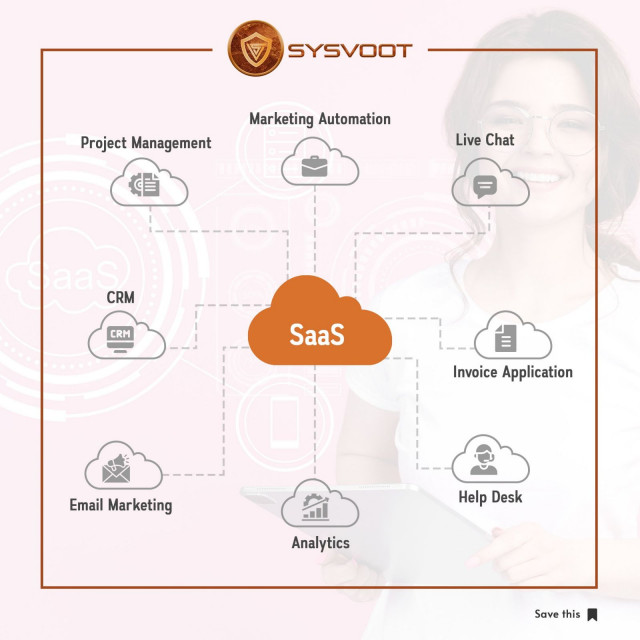
There are several different types of cloud service models. These include Infrastructure as a Service (IaaS), Platform as a Service (PaaS), Software as a Service (SaaS), and Software as a Service (SaaS). To understand which model is right for your needs, read on to learn more about each of these types.
Infrastructure as a Service

Infrastructure as a Service (IaaS) is a cloud service model that delivers virtualized computing resources over the internet. This model eliminates the need for expensive hardware and IT professionals, and allows businesses to purchase resources as needed on demand. The advantages of this model include increased flexibility and faster application delivery.
With IaaS, an enterprise rents or leases servers from a cloud service provider to manage the hardware and software. These servers can be configured to run any operating system or application the user needs. With this model, the enterprise does not have to worry about managing physical servers, and can focus on other business processes.
IaaS enables easy application development by eliminating the need for customers to install and manage their own application stacks. In addition, users don’t have to manage network or operating system updates. As a result, they can focus on developing applications faster. PaaS is more expensive than IaaS, but it can help users be more efficient. Moreover, users don’t need to worry about resource procurement, capacity planning, or software maintenance.
IaaS providers typically operate multiple data centers to give you more flexibility in where you locate your apps. This can make it easier to maximize performance and reduce application time to market. Another benefit of IaaS is that it’s easy to provision resources within minutes. This means you can test out new ideas quickly and roll them out to a larger audience. IaaS providers generally offer high levels of security.
IaaS provides faster application deployment than traditional on-premises servers. The cloud servers used by IaaS can also offer higher performance. This can lead to increased productivity and reduced downtime. PaaS also offers developers an easy-to-use development environment and allows them to focus on building applications instead of running infrastructure.
While IaaS and SaaS have their pros and cons, you must understand the fundamentals of cloud computing before deciding which model is right for your business. For example, IaaS gives you more control over operating systems and other technical aspects, while PaaS helps developers build custom apps using an API. And SaaS lets cloud software companies sell their own cloud-based software.
Infrastructure as a Service (IaaS) provides on-demand access to computing infrastructure from a cloud service provider. It allows customers to manage their servers remotely via a graphical dashboard or APIs. IaaS is considered the original ‘as a service’ offering, and many well-known SaaS providers are built on this platform.
Platform as a Service

Cloud-based platform services enable developers to develop web applications faster and more efficiently. They offer a wide range of hosted capabilities and lower overall costs than on-premises software. Developers can use these tools to create scalable applications with fewer lines of code. They may be offered in the form of a framework or separately from other software vendors.
Platform as a Service is a cloud-based service model in which a third-party company provides hardware and software tools for a fee. These tools are then accessible over the Internet by developers who use a graphical user interface. The service provider can also provide a host of related services and applications to enable collaboration across the entire application lifecycle. Examples of PaaS solutions include AWS Elastic Beanstalk, Google App Engine, and Microsoft Windows Azure.
The two types of as-a-service models can be a good fit for different organizations. IaaS providers provide the basic infrastructure, including the hypervisor, while PaaS providers add middleware and runtimes. While IaaS providers are ideal for companies with little or no IT expertise, they may not be the best fit for organizations with no development team or IT department.
Platform as a Service (PaaS) is similar to Infrastructure as a Service, but in this case, the provider provides the operating system and databases for the users. This reduces the burden on an organization’s IT department and allows them to focus on building applications. It also allows multiple users to access the same application, which streamlines workflows and coordination.
PaaS has the advantage of allowing developers to focus on writing quality code instead of worrying about infrastructure, security, and performance. PaaS also provides a ready-to-use development environment. While PaaS does not provide the same flexibility as IaaS, it does provide the ability to track application flexibility.
Another benefit of PaaS is the ability to rapidly test new technologies. It can enable development teams to quickly spin up an environment for a new project. These environments typically include the latest resources and allow development teams to test new technologies and languages with minimal risk. In addition, PaaS platforms enable development and operations teams to collaborate on software.
Unlike IaaS, PaaS relies on the cloud service provider to host the required infrastructure. It enables developers to focus on their applications instead of worrying about managing the infrastructure. A typical PaaS user typically accesses their offerings through a web browser. These offerings may be delivered through a public cloud, private cloud, or hybrid cloud. These services are usually charged on a per-use basis, although some providers charge a flat monthly fee.
Software as a Service

The most popular form of cloud service for consumers is Software as a Service (SaaS). SaaS applications, which are provided on subscription models, are accessible over the internet without requiring installation on a computer. This makes them easy to scale and offers ease of use.
Software as a service, or SaaS, is a type of cloud service where a third-party vendor hosts your software applications. The vendor manages the infrastructure necessary to deliver the software, including upgrades and patches. This helps ensure high availability, high performance, and security for your data. You’ll usually pay a monthly or annual fee to access the software.
Although multi-tenant architectures are cost-effective for service providers, they have some disadvantages. For one thing, SaaS requires a reliable internet connection. In some cases, this can be unreliable. However, this is becoming less of a problem with the increasing availability of broadband networks.
Another key benefit of SaaS is that there’s no hardware needed for the application. This means that SaaS providers can upgrade more often and at a lower cost. The flexibility of SaaS also allows for better budgeting. In addition to this, SaaS providers typically offer flexible payment options. Furthermore, organizations can terminate their subscriptions at any time.
Another advantage of SaaS is that SaaS applications can be integrated with other software. For example, a SaaS-based application might be integrated with other software, such as ERP systems or customer data management software. Additionally, SaaS applications typically use a multi-tenant architecture. This architecture makes it easier for cloud consulting solution providers to manage and troubleshoot the software.
Other Cloud Services
Another cloud service model is Function as a Service, or FaaS. This type of cloud service provides a deeper layer of service by outsourcing the management of applications and data. It’s widely used by developers and allows them to get the software they need without the hassle of implementing the infrastructure. There are several FaaS providers, including Microsoft Azure Functions, Google Cloud Functions, and others.
Read Also
15 Top Salesforce Consulting Companies in 2023
AWS vs AZURE: Which Cloud Platform is Best for Businesses in 2023






